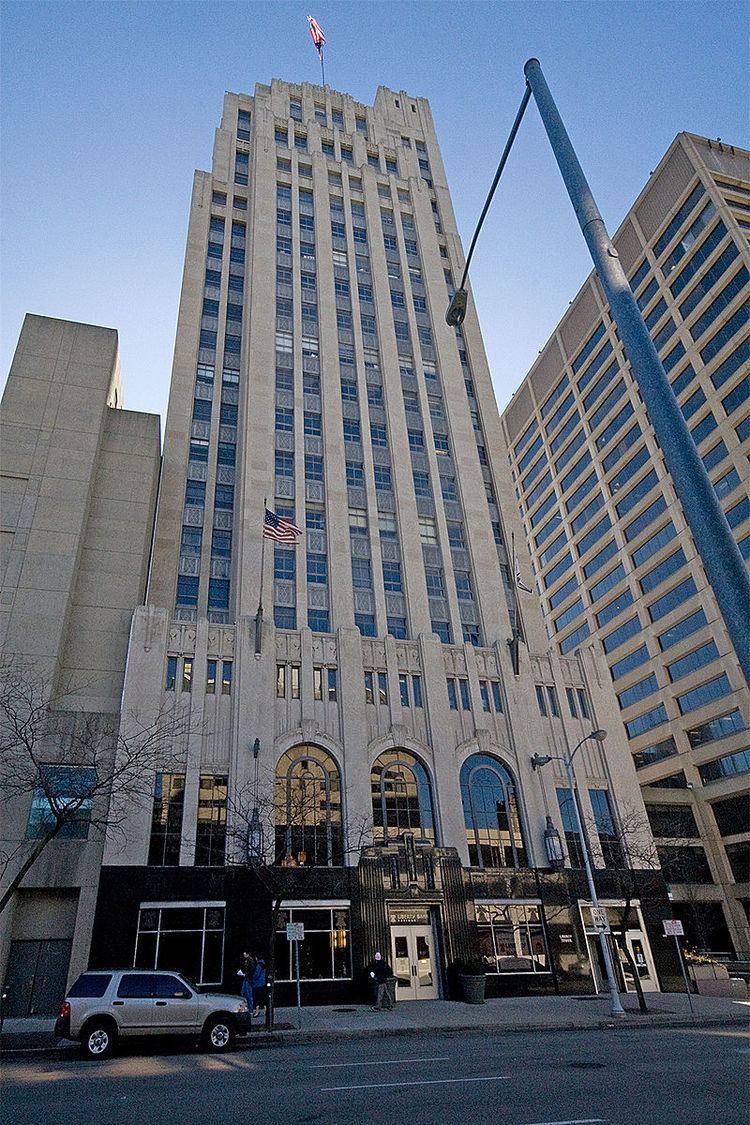 | ||
Schenck and Williams was an architectural firm in Dayton, Ohio. The firm's projects included the Hawthorn Hill home for Orville Wright and his sister and father, the Dayton Young Men's Christian Association Building, and the Engineers Club of Dayton building. The firm's partners were Harry J. Williams and Harry I. Schenck, both 1903 Cornell University graduates and members of the American Institute of Architects Several other Cornell graduates including Nelson J. Bell (1904), Robert E. Schenck (1912), Albert R. Reilly (1914), Wolfe Marcovitch (1915), Leslie L. Lambert (1916), Ernst W. Kurz (1917) and Ellason R. Smith (1917) came to work for the firm.
The partners were members of the Engineers Club of Dayton and designed its building in 1916. Workers completed the construction of the Engineers Club in early 1918. Harry I. Schenck was a charter club member. Architectural Record (in volume 45) included a long article about the club and its building, including a photograph and floor plans. The Club was described as a special collaboration between engineers, who supported it, and architects, and the article's author noted that it was designed in the Georgian architectural style.
Architectural Engineering (of Dayton?) Alumni News lists several architectural engineering graduates (Dan Bollinger '18 and Fred Lewis '21) as working for the firm. William Briedenback '22 went to work for Pretzinger & Musselman, a competing firm.
